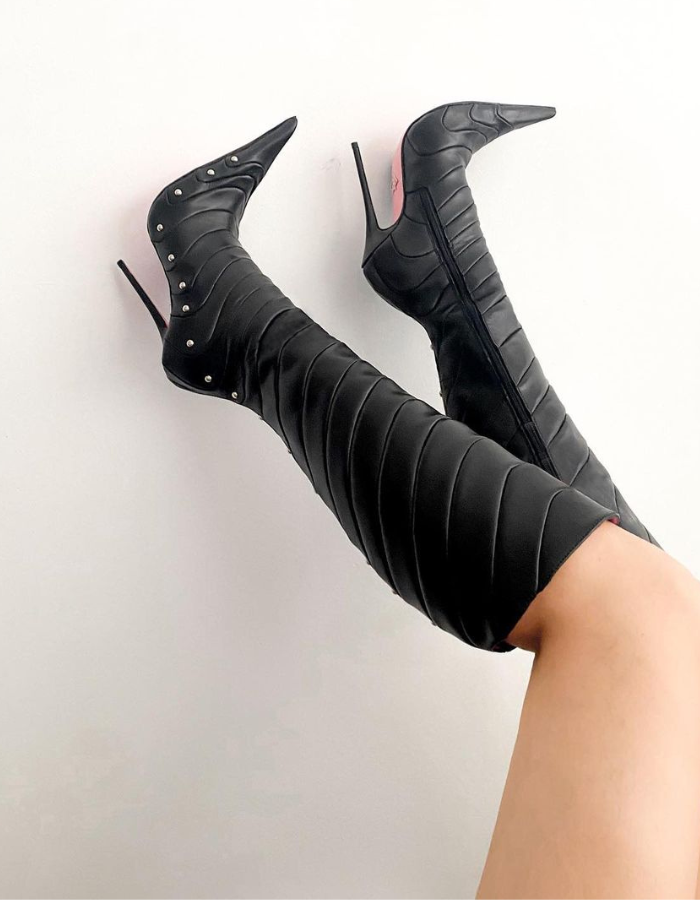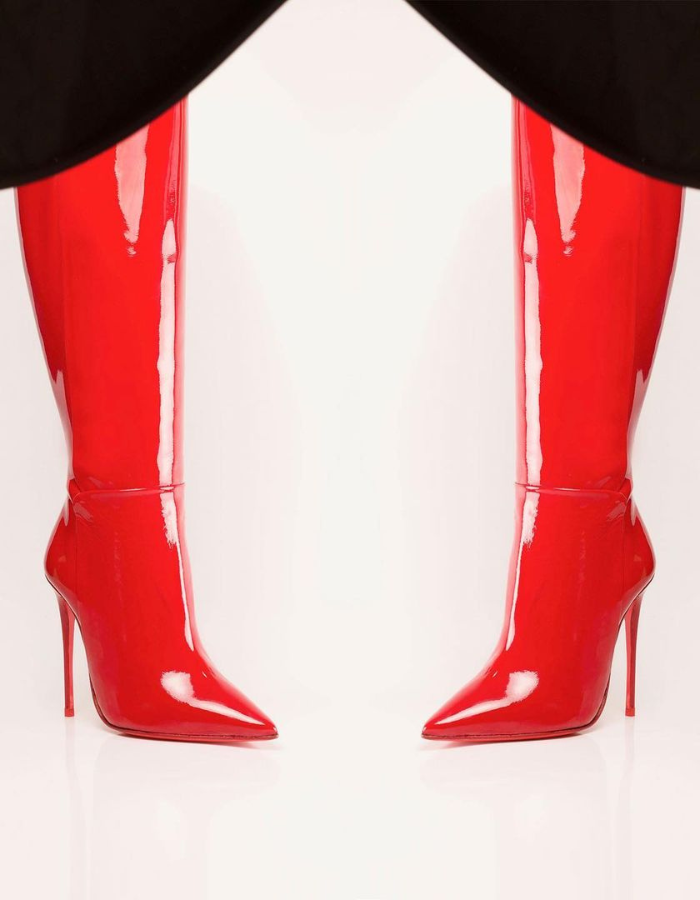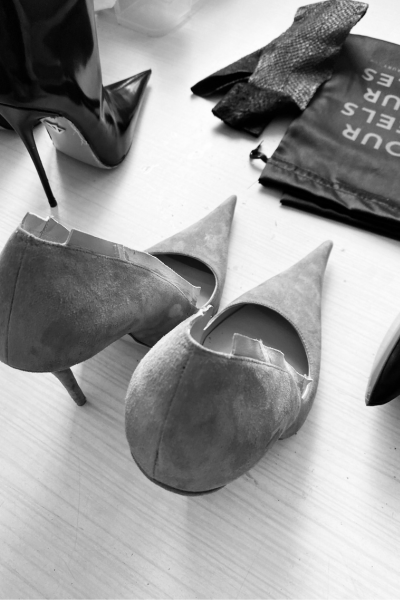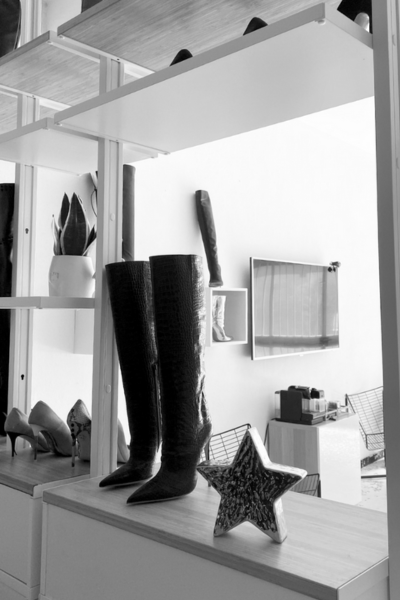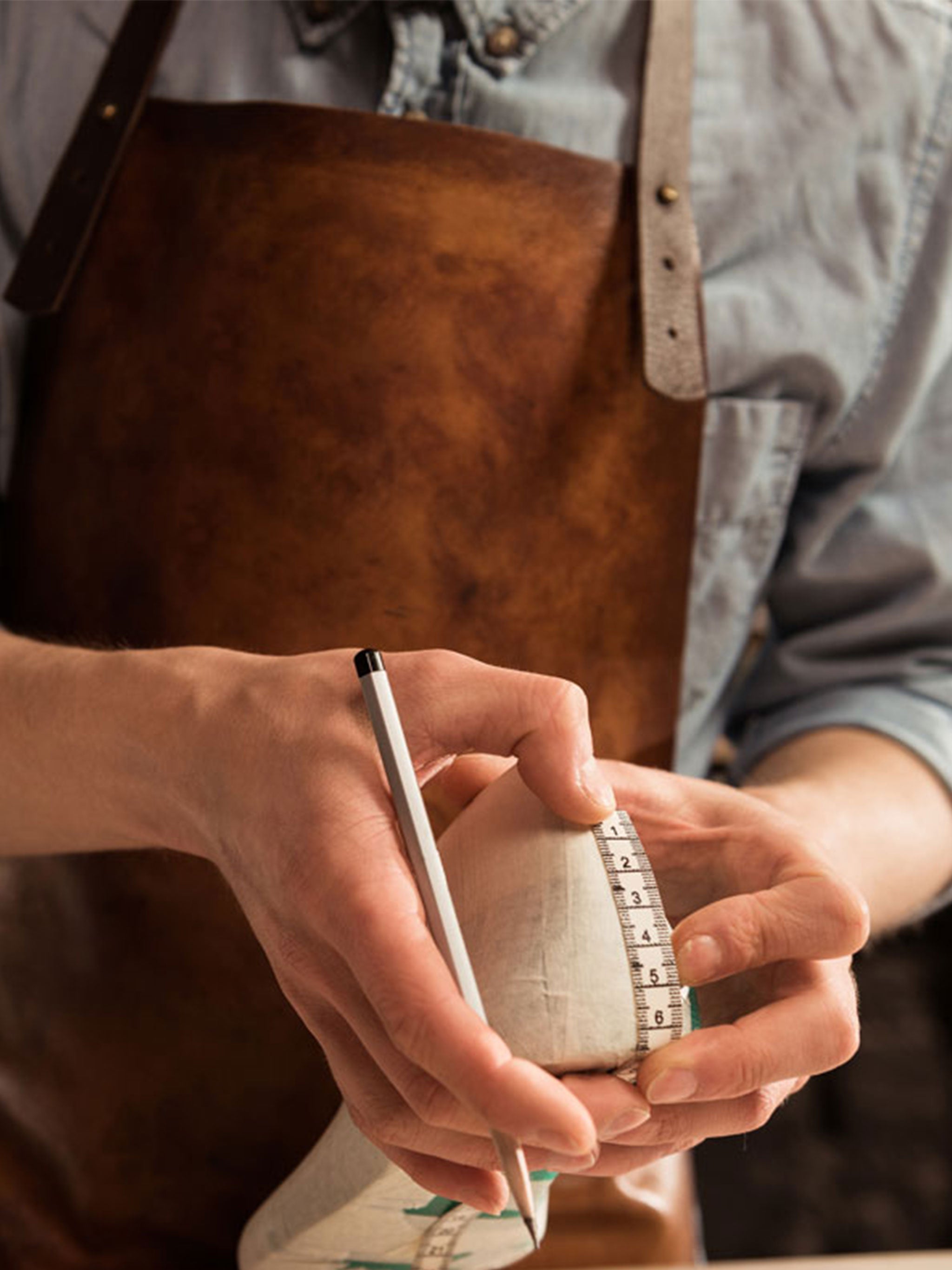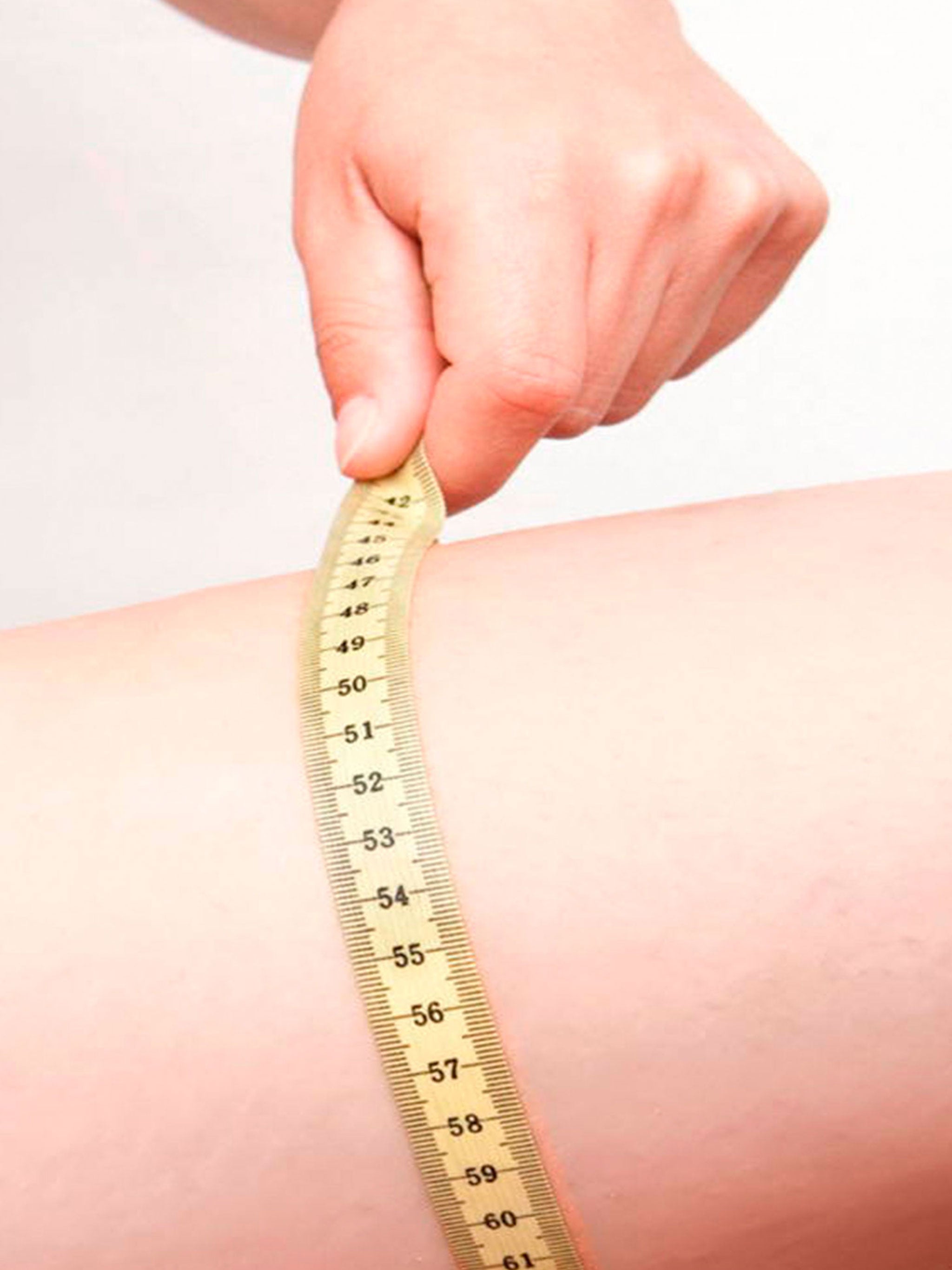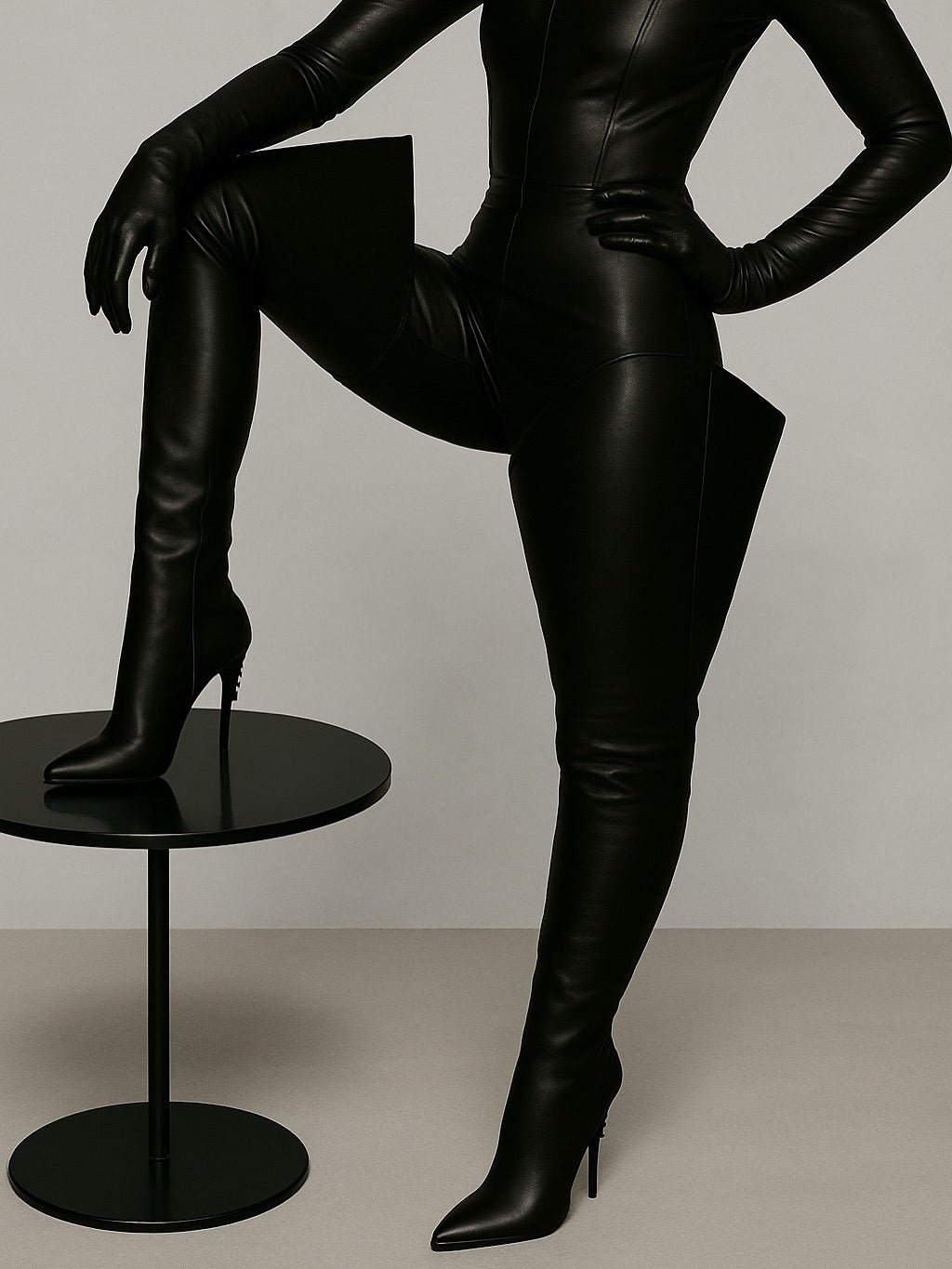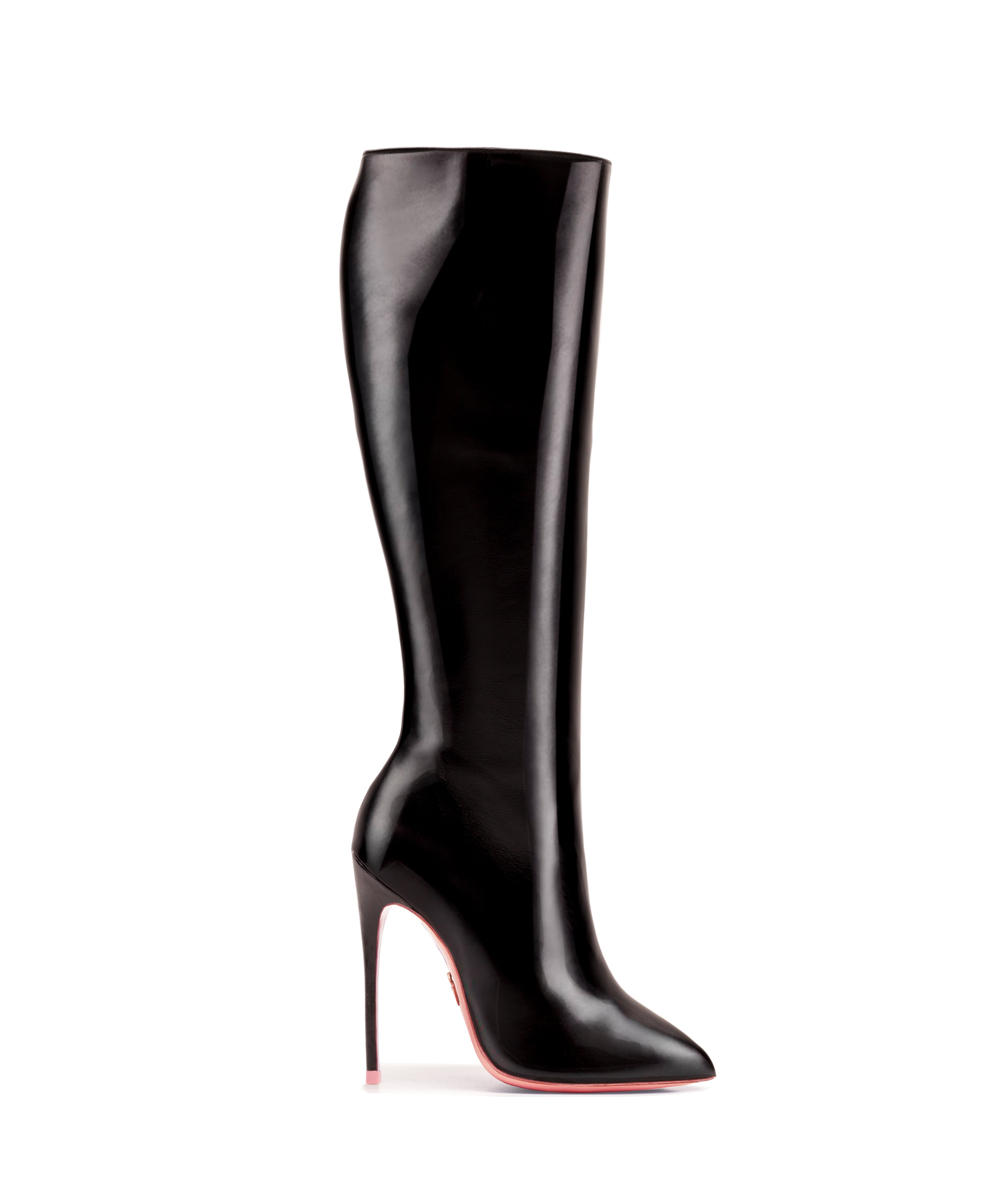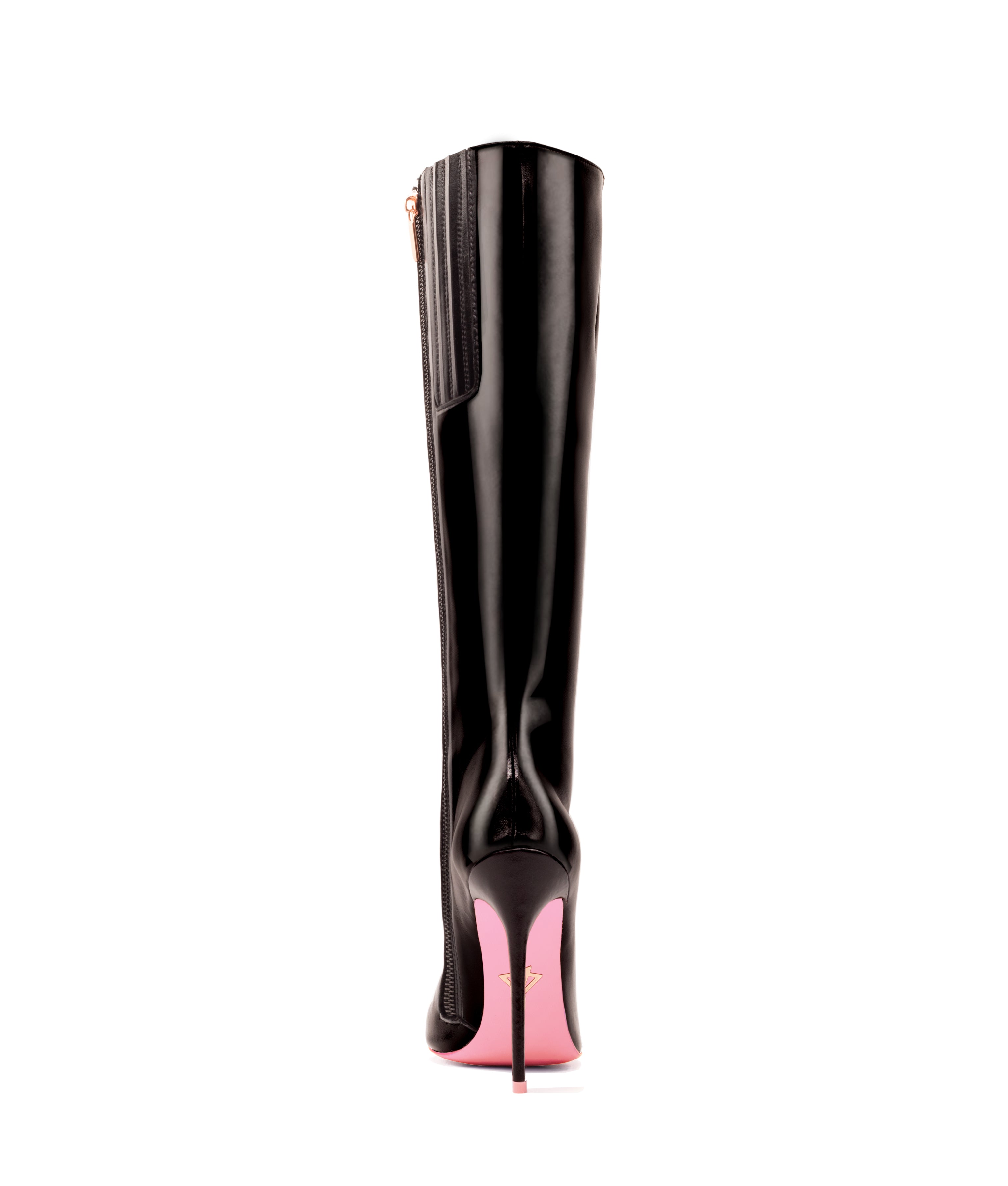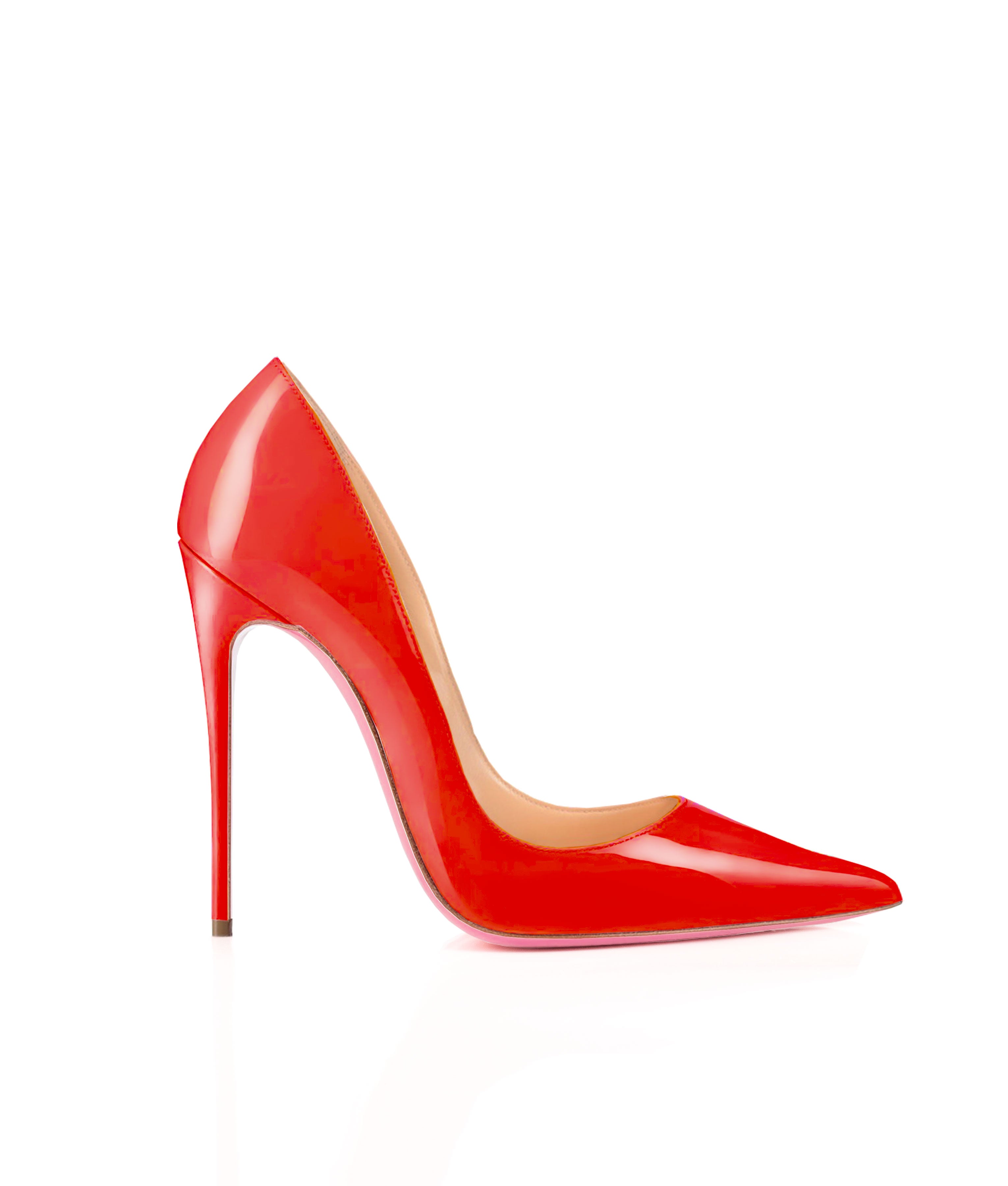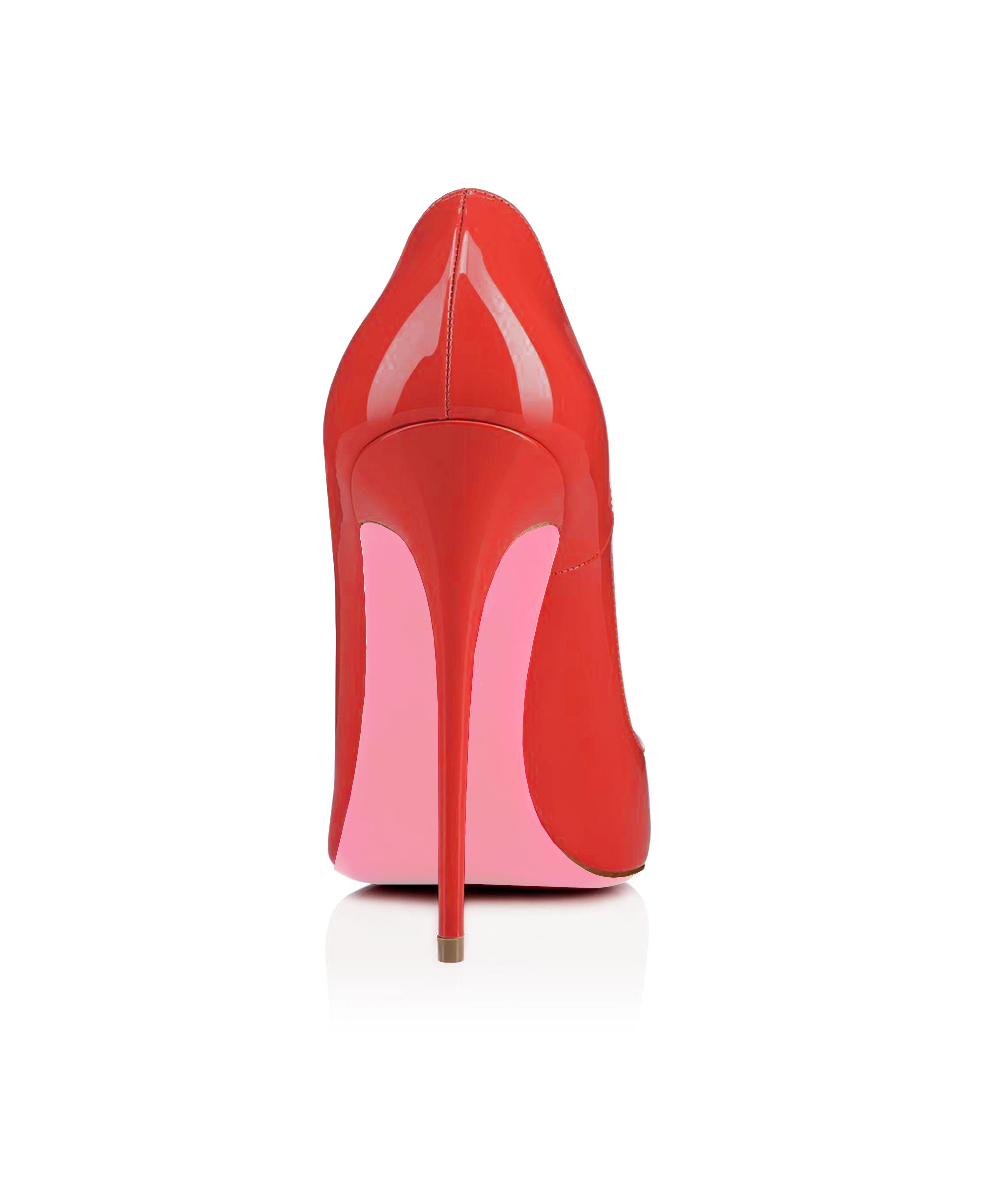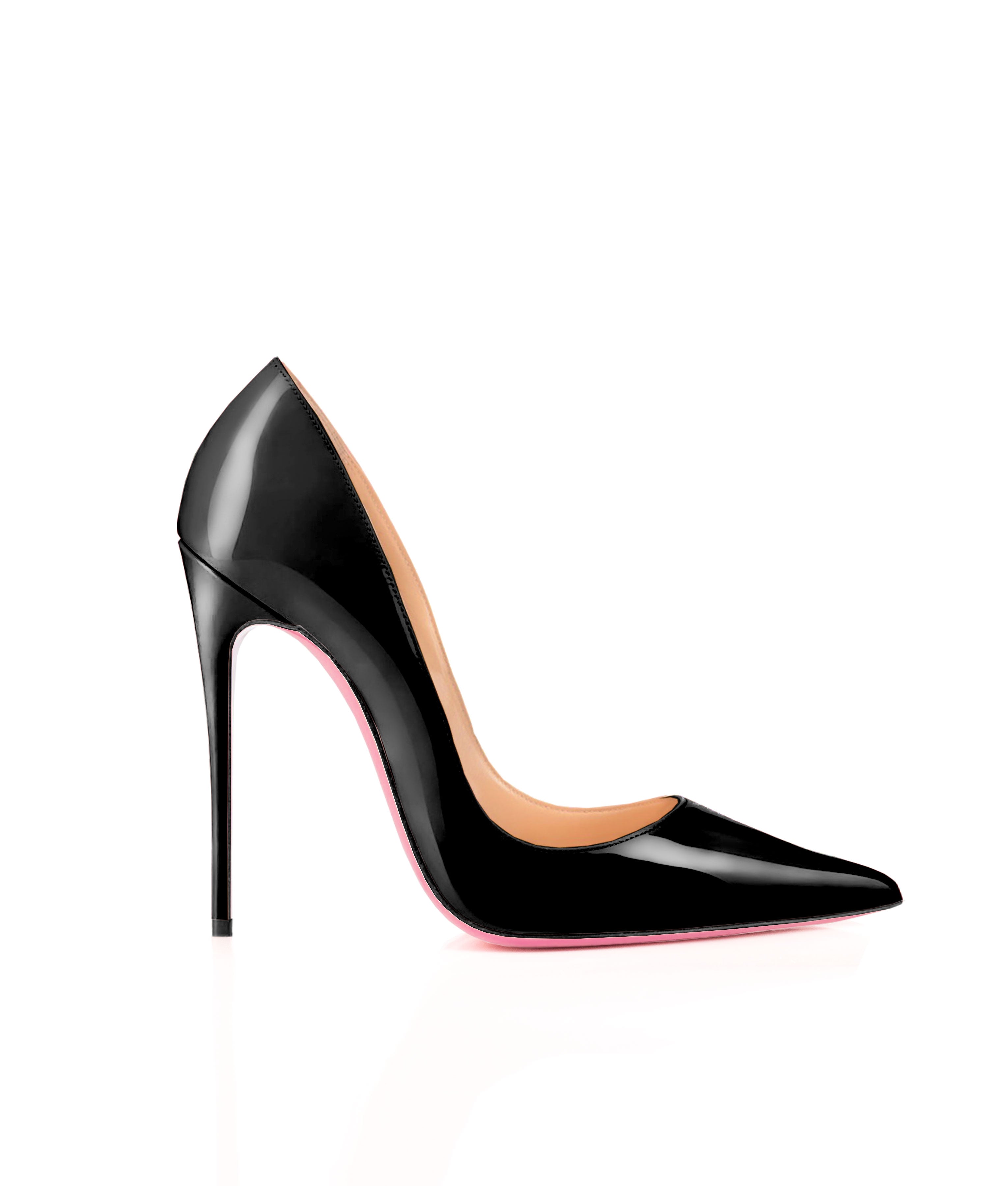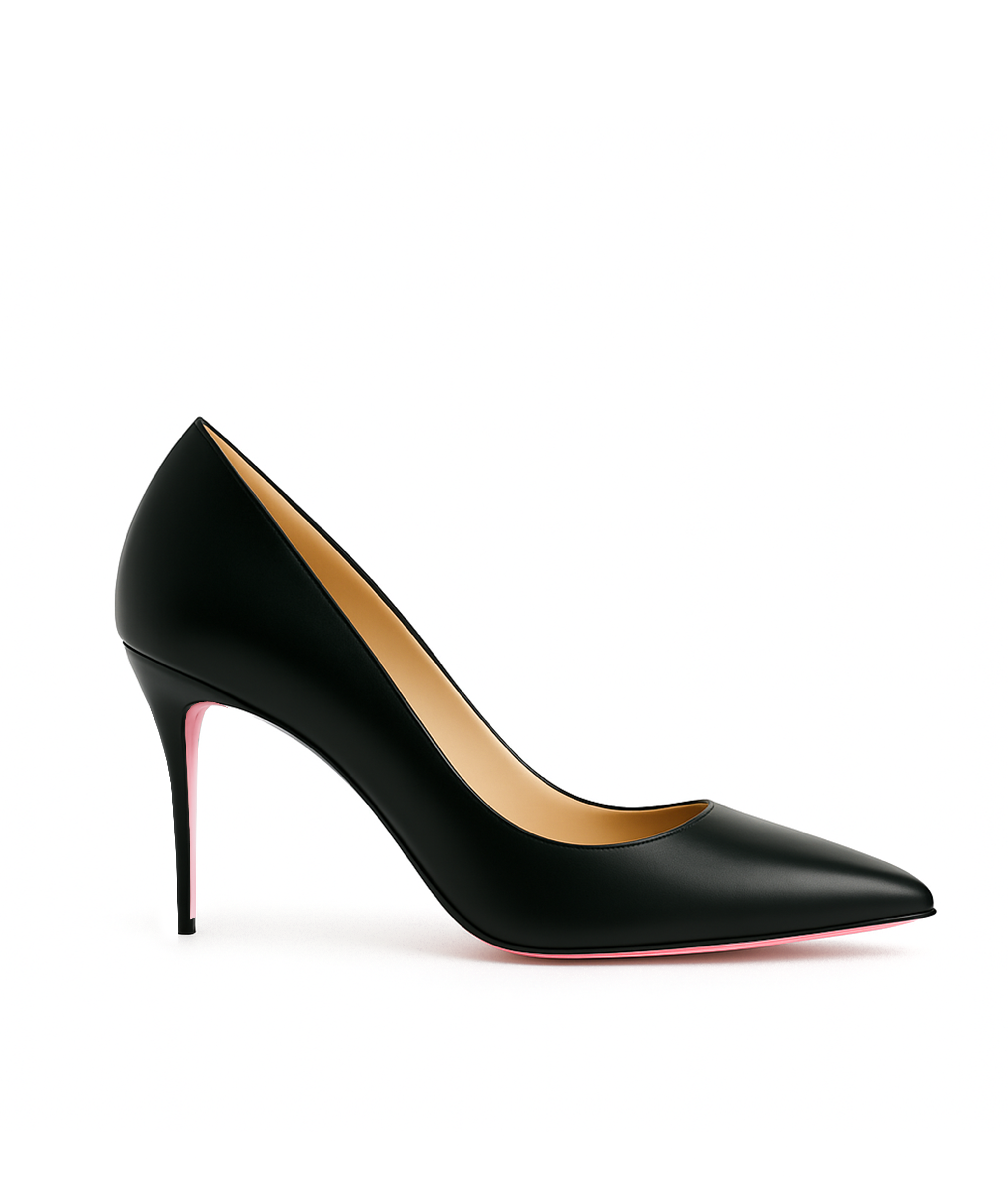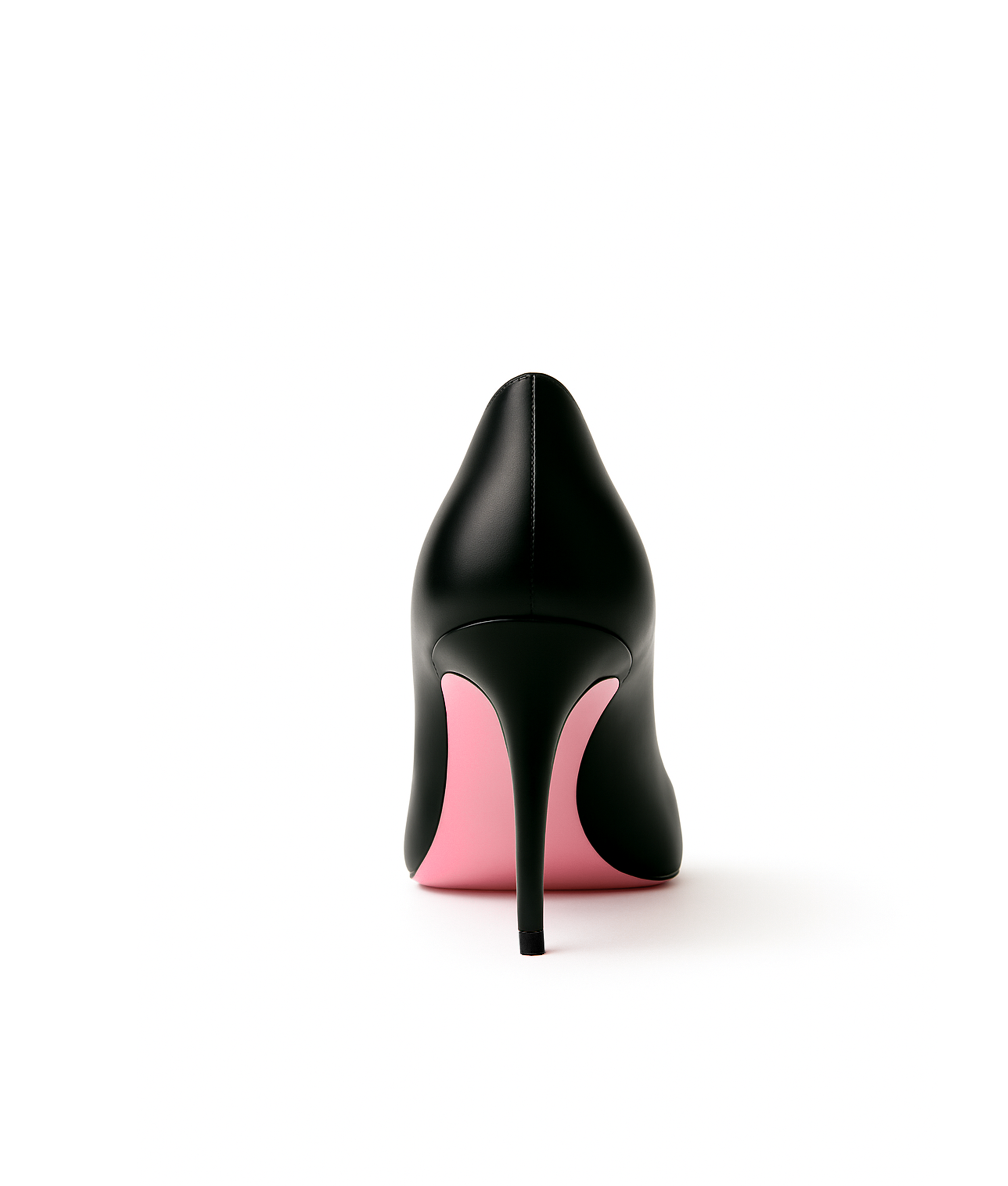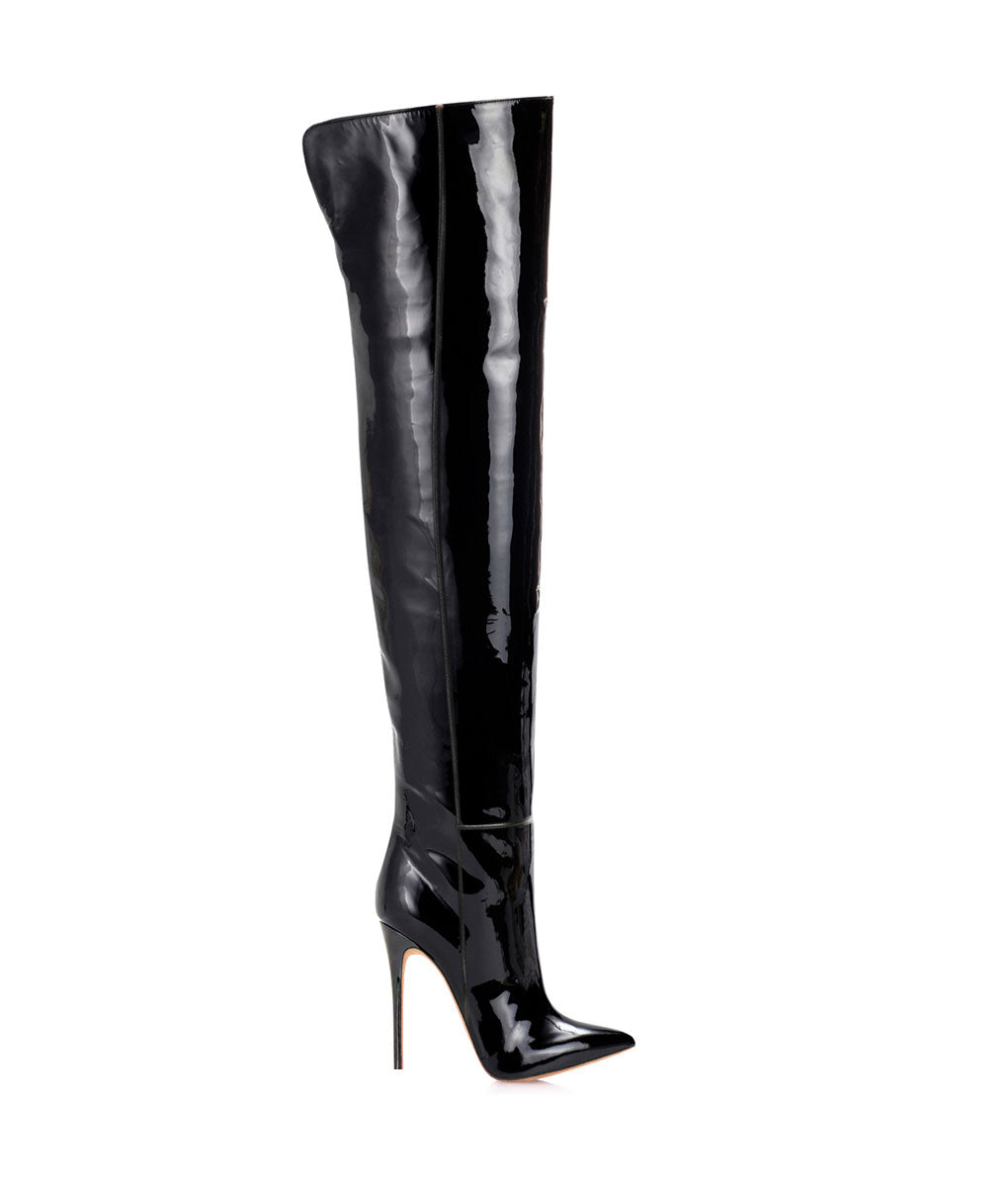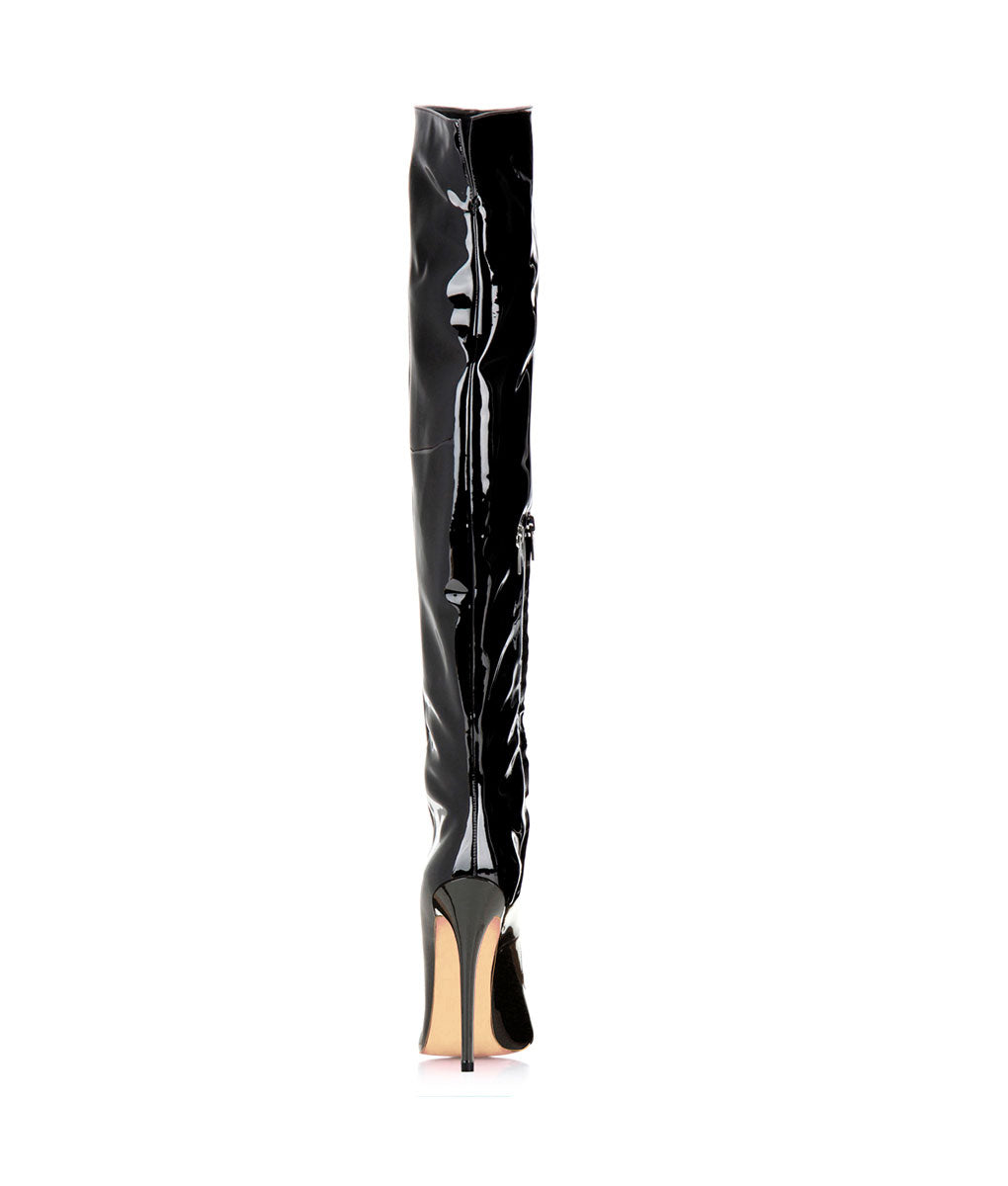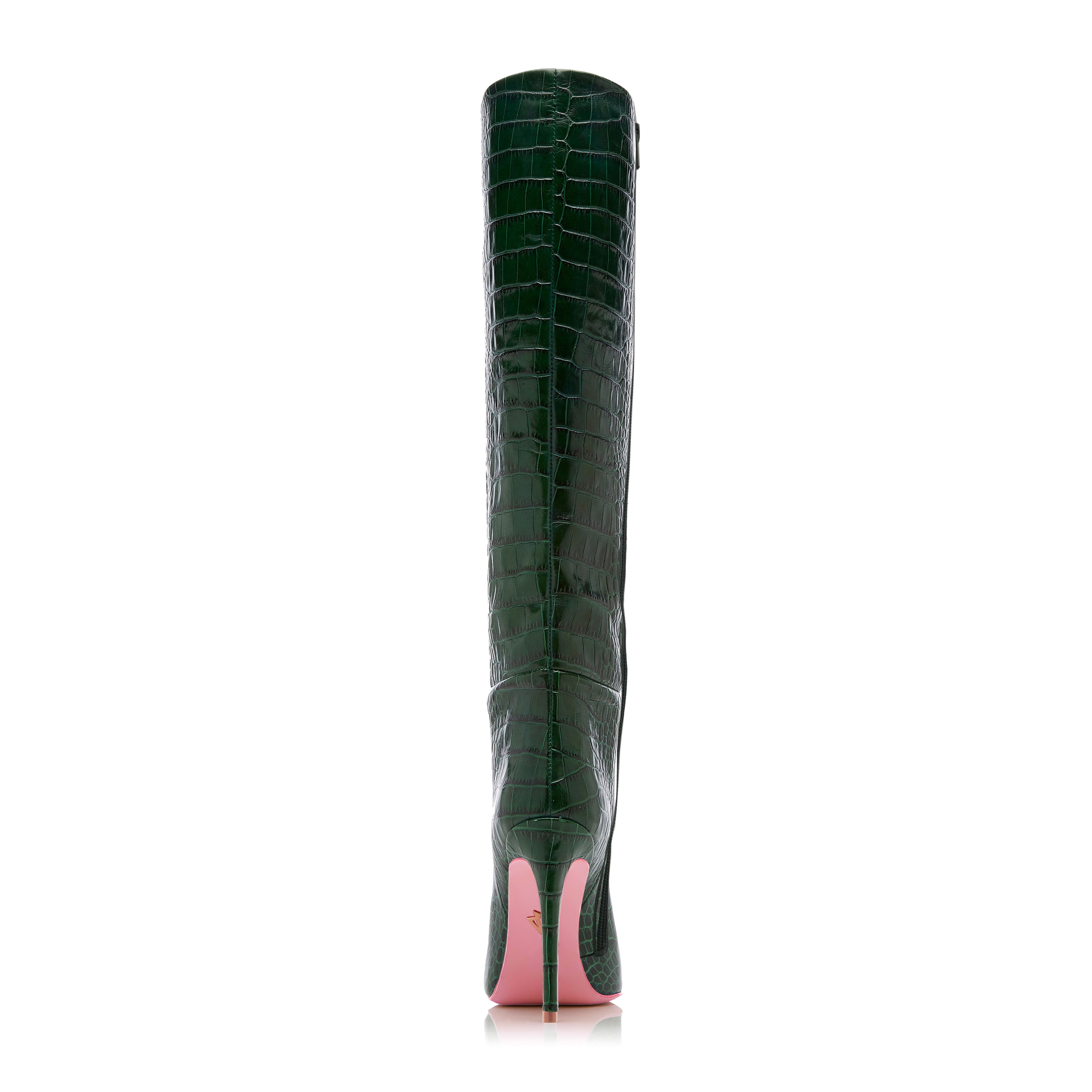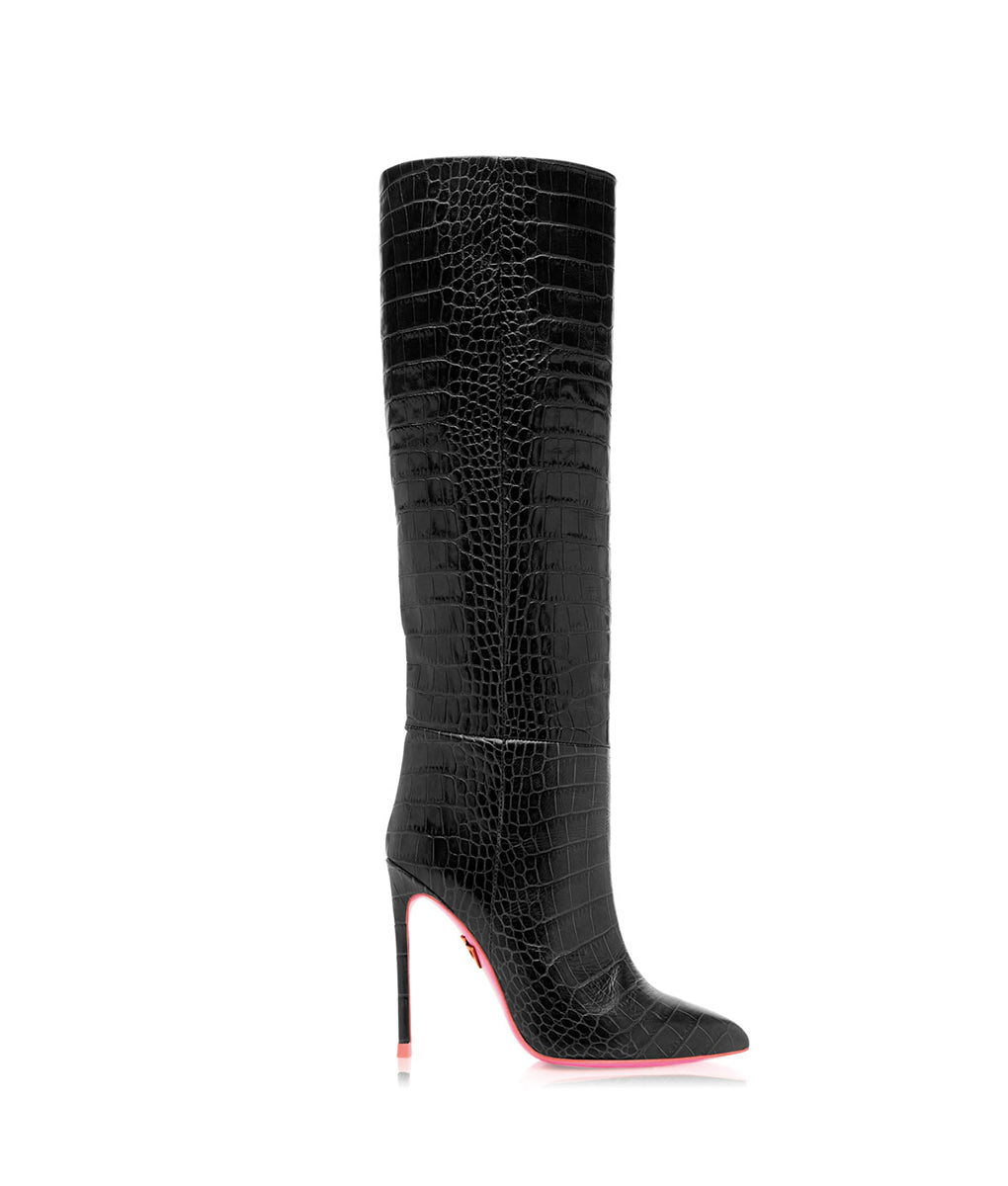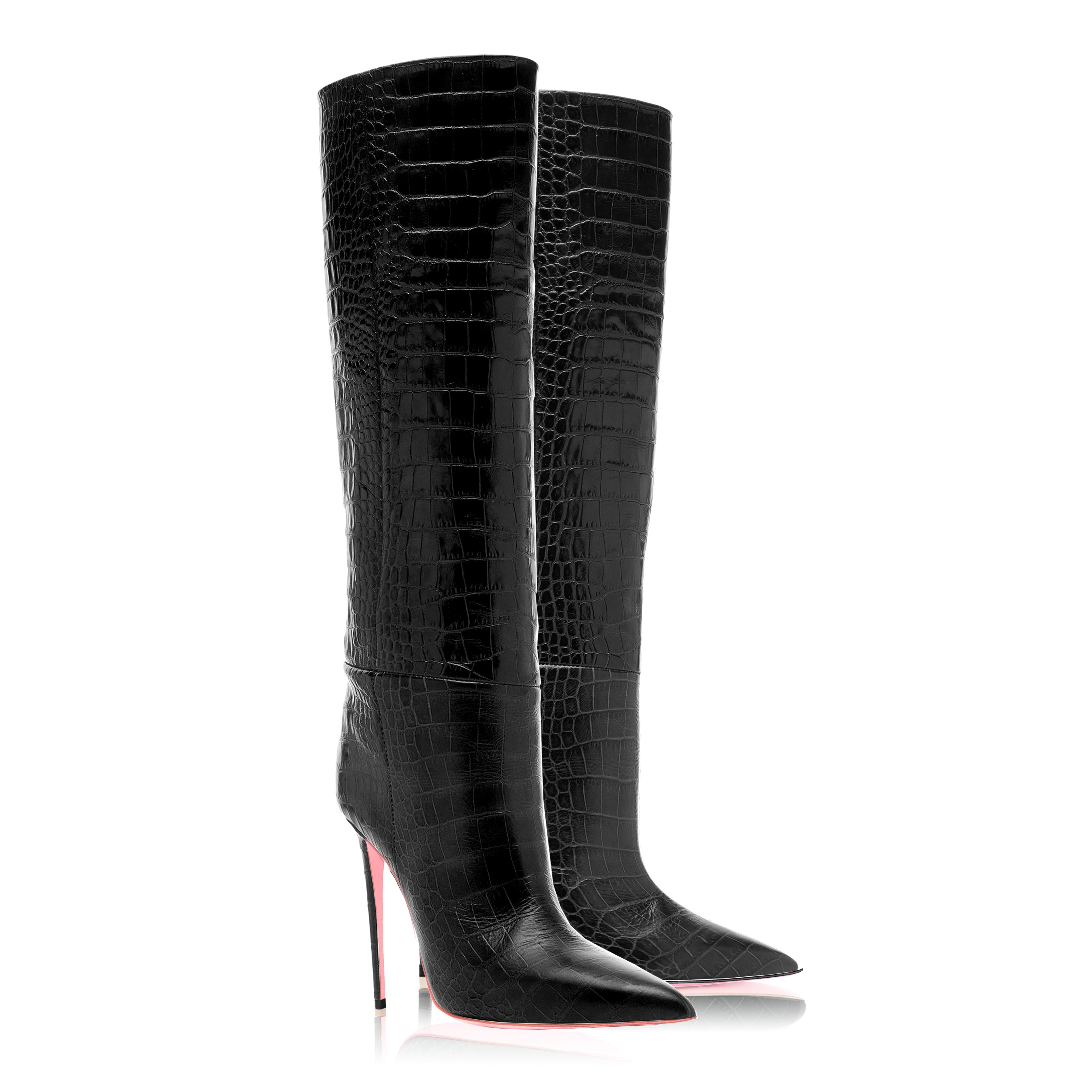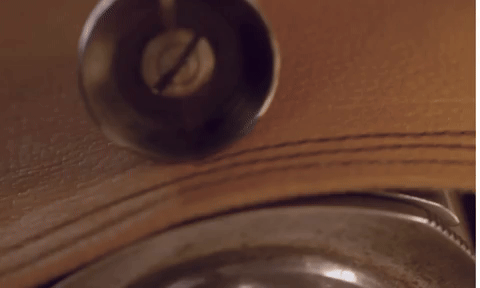
Why can a pair take almost a year to make?
The answer is in every stitch.
They’re not waiting on shelves — they’re created for you.
Discover the artisan process.
In the world of fashion, few items are as essential — and at the same time as misunderstood — as footwear. While a garment can be sewn in minutes, a pair of leather shoes, especially high heels, can take months of meticulous work. And if that pair is handcrafted, made one by one, the story behind it is as complex as it is fascinating. It’s not an exaggeration to say that, in some cases, a pair of shoes can take up to a year to be completed. Not due to poor organization, but because true luxury cannot be rushed. It must be respected.
Unlike what happens in major retail chains, here there are no pairs waiting on shelves. When someone orders an exclusive design, that shoe doesn't exist yet. It begins to be designed, planned, and brought to life the moment the order is placed. There is no stock. There is vision, intention, and craftsmanship. That is one of the great differences between a mass-produced product and an artisanal creation: each pair is a new story waiting to be told.
Everything starts with material selection. Choosing the right leather is a crucial step. Working with top-quality materials means selecting full-grain leather — the strongest, most noble layer of the hide — which retains its natural characteristics and ensures long-lasting beauty. Each piece is hand-inspected. Not everything will do: we seek uniformity, but also character — a texture that allows the shoe to mold without wrinkling or structural failure. This choice requires experience, a trained eye, and deep knowledge of how leather behaves. In many cases, we work with exotic skins or special finishes that are only available in small quantities, making sourcing even more complex when producing pair by pair.
Cutting the pieces is the next major step. Here, there are no industrial die-cutters: each component of the shoe — toe, vamp, quarters, heel counter, tongue, linings, reinforcements — is cut one by one, either by blade or with specific dies, always respecting the grain direction to ensure consistency. The slightest mistake can alter the shoe’s aesthetic or compromise its durability. That’s why this step is slow and precise. A single model may contain over twenty different pieces. And if the design is custom-made, each of those pieces may require manual pattern adjustments.
Once the pieces are cut, they are skived — a key step that often goes unnoticed by the wearer. Skiving means thinning the edges of the leather so that when pieces are joined, the seams remain flat, clean, and free of unnecessary bulk. If it’s too thin, the leather weakens. If too thick, comfort and finish are compromised. The balance is delicate, and each leather reacts differently. Reinforcements are also added strategically — to the toe, heel, vamp — using technical materials that help maintain the shoe’s shape over time without sacrificing comfort or adding weight.
Next comes closing, the stitching of the upper. This is where craftsmanship shines: perfect symmetry, flawless alignment, and functional yet elegant seams. Special machinery is used — like free-arm or column sewing machines — that allow three-dimensional stitching. In some cases, hand-stitching is used for extra precision. Every detail matters: thread choice, stitch length, tension… every decision directly affects the durability and beauty of the final result.
For new or custom models, a crucial step follows: prototyping. A sample is created in a standard size, usually EU 37, to assess proportions, fit, leather behavior, heel balance, and overall stability. This sample is tested, corrected, and often repeated until perfection is achieved. Only then is the model graded into other sizes. This step is not always linear — what works beautifully in size 37 may require modifications in size 42 or 35, especially for high-heeled designs, where geometry plays a key role.
Adding to the complexity, some custom models require the creation of an exclusive last or heel mold. This involves crafting the form from wood or resin, testing, correcting, and producing the final piece. Just this step can take weeks and requires additional investment. But it’s the only way to deliver a truly unique shoe, tailored to the exact silhouette envisioned.
Mounting is one of the most delicate and decisive phases. Here, the upper is pulled over the last — a three-dimensional form that defines the final shape and fit. This is done by hand, applying heat and moisture to shape the leather perfectly, without wrinkles or tension. The inner linings — usually soft goat or lambskin, chosen for their breathability and comfort — are inserted, followed by the insole and the mounting board. Then the outsole is added, which may be full leather, hybrid, or leather with anti-slip inserts depending on the intended use.
The heel is covered by hand as well. It’s not simply a cylinder to be glued. The leather is molded and trimmed to follow the heel’s geometry, sanded and polished until flawless. Any asymmetry is immediately noticeable. Once assembled, the heel must be perfectly aligned to ensure stability, aesthetics, and comfort.
The final stage is finishing. Edges are smoothed, seams are sealed, waxes or creams are applied according to the leather type, and every detail is thoroughly reviewed. If something doesn’t meet the standards, the pair is redone. Yes, redone. Because in this craft, quality is not negotiable. Excellence has no shortcuts.
So why can a pair of shoes take up to a year to arrive? The answer is simple: because this isn’t mass production. Each pair is made one by one, coexisting in the atelier alongside other exclusive orders. Because suppliers — usually focused on large-scale clients — operate with their own timelines. Sometimes we wait weeks for a specific heel, a custom sole, or a leather that is produced only on demand. Because the pair you ordered — the one that didn’t exist until you dreamed it — only begins its journey the moment you confirm it. And that, inevitably, requires time.
But it also requires passion. Because this is not an assembly line. It’s a craft. An art form. And when someone chooses this kind of footwear, they’re not buying a product. They’re investing in an experience, in legacy, in a piece created to walk beside them.
True luxury is not what you see. It’s everything behind the scenes. The hours, the decisions, the invisible precision. A handcrafted high-heeled shoe is not a whim. It’s a wearable work of art.


